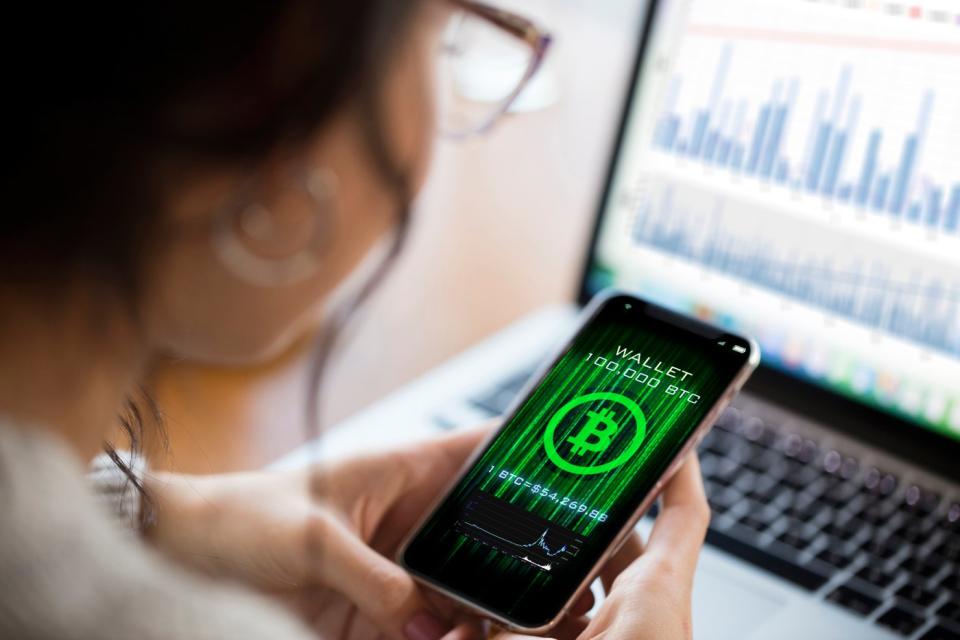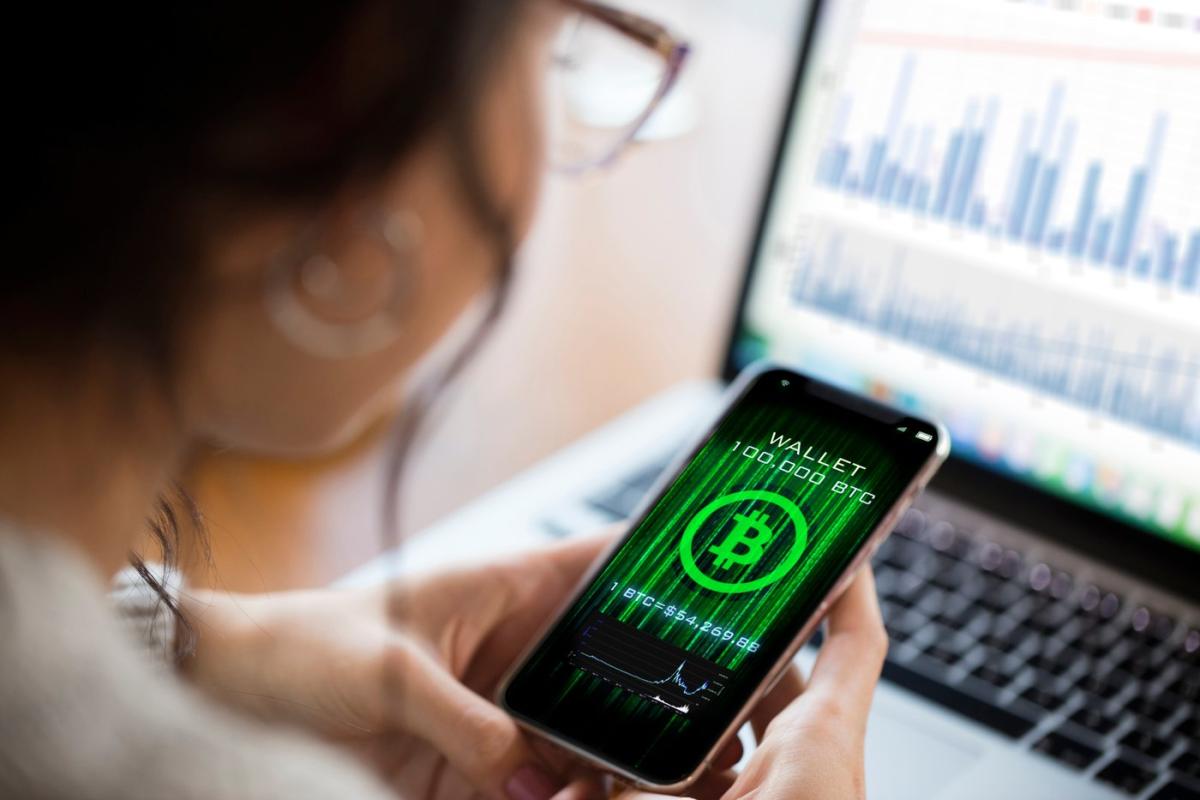One of the most anticipated events of the year — the upcoming Bitcoin (CRYPTO: BTC) halving — is now just weeks away. For crypto watchers, this event is just as dazzling and awe-inspiring as a total solar eclipse is for stargazers and astronomers.
But should you believe the hype? After all, Bitcoin is already trading near all-time highs, and is up more than 50% this year as a result of the introduction of the new spot Bitcoin exchange-traded funds (ETFs).
How much higher can Bitcoin realistically go? To answer that question, let’s take a closer look at the potential impact of the halving.
What the halving is… and is not
The halving is an event that occurs about every four years. As a result of the halving, the Bitcoin rewards paid to crypto miners is cut by half. All of this is controlled algorithmically, and there’s nothing anybody can do to change it. Even Satoshi Nakamoto — the pseudonymous creator of Bitcoin — can’t change it.
Currently, Bitcoin miners receive 6.25 Bitcoins for every block they add to the Bitcoin blockchain. On or about April 20, that will change to 3.125 Bitcoins. Thus, the primary impact of a halving is on the Bitcoin miners.

For potential Bitcoin investors, this might not sound very exciting. After all, the halving is not the crypto market’s version of a stock split, so they are not getting any more Bitcoin as a result. And the halving does not directly impact their overall rate of return, as you might expect when a company cuts its dividend in half.
Finally, the halving does not cut the total Bitcoin supply in half. Rather, it reduces the pace of new Bitcoin creation by half. What typically follows is a rally that lasts anywhere from 12 to 18 months.
Bitcoin’s historical track record
Past Bitcoin halvings (in 2012, 2016, and 2020) have literally been off the charts. Each time, Bitcoin has soared in value, eventually reaching a new all-time-high.
For example, think about what happened after the May 2020 halving event. Bitcoin was trading at about $10,000 at the time. But just 18 months later, it was trading at a new all-time high of almost $69,000. That’s a nearly sevenfold price gain within a very short period of time.
The problem, however, is that past results are no guarantee of future performance. Yes, we’ve seen the exact same pattern happen three different times, but it could all just be a coincidence — sort of like flipping a coin three times and it turning up heads each time. On that fourth flip, you’re not any more likely to get heads than you were on the first flip.
Moreover, Coinbase Global (NASDAQ: COIN) recently crunched the numbers and determined that there might be a small-sample-size problem. From a statistical perspective, there just might not be enough data to work with yet.
Think of small sample size from the perspective of a baseball season: Are you really able to predict the outcome of a long, 162-game season from just the first two weeks of games? Are you able to predict that a pitcher or hitter will have a great season from just a handful of performances? In the same way, data from three previous Bitcoin halving cycles may be fooling us into thinking we know what’s coming, when we really don’t.
Back to the basics
For that reason, I’m falling back on the very basics of Economics 101 to model the impact of the Bitcoin halving. And it doesn’t get much more basic than supply and demand.
On the supply side, the rate of supply growth of new Bitcoin is falling by half, at a time when there just isn’t that much more Bitcoin to mine. The maximum circulating supply of Bitcoin is algorithmically capped at 21 million coins, and we’re already at 19.7 million coins in circulation. So that certainly seems to bolster the “scarcity” argument for Bitcoin.
On the demand side, the launch of the new spot Bitcoin ETFs has introduced a robust source of new demand — all the retail and institutional investors now scrambling to add Bitcoin to their portfolios. If anything, this demand should increase over time, as these investors steadily ratchet up how much capital they allocate to Bitcoin.
Putting it all together, this higher demand meeting relatively stable supply should result in a boost in price. And this impact could be huge, as long as investors remain enthusiastic about the new spot Bitcoin ETFs. More than $30 billion has already flowed into them.
If Bitcoin starts to go on another post-halving rally, this number could spike even more, leading to an even higher Bitcoin price, leading to… you get the idea. This cycle could easily last 12 months or more.
So, yes, you should be buying Bitcoin ahead of the halving.
Should you invest $1,000 in Bitcoin right now?
Before you buy stock in Bitcoin, consider this:
The Motley Fool Stock Advisor analyst team just identified what they believe are the 10 best stocks for investors to buy now… and Bitcoin wasn’t one of them. The 10 stocks that made the cut could produce monster returns in the coming years.
Consider when Nvidia made this list on April 15, 2005… if you invested $1,000 at the time of our recommendation, you’d have $539,230!*
Stock Advisor provides investors with an easy-to-follow blueprint for success, including guidance on building a portfolio, regular updates from analysts, and two new stock picks each month. The Stock Advisor service has more than quadrupled the return of S&P 500 since 2002*.
*Stock Advisor returns as of April 4, 2024
Dominic Basulto has positions in Bitcoin. The Motley Fool has positions in and recommends Bitcoin and Coinbase Global. The Motley Fool has a disclosure policy.
Should You Buy Bitcoin Ahead of the Halving? was originally published by The Motley Fool
This article was originally published by a finance.yahoo.com . Read the Original article here. .

